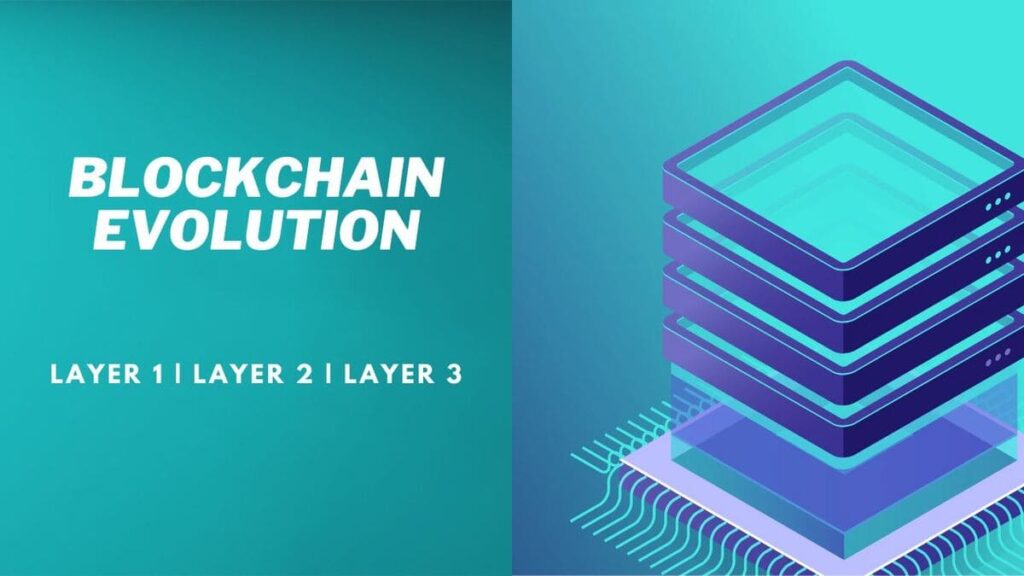TL;DR
- From Bitcoin to dApps, blockchain technology has experienced constant evolution, facing new challenges as it develops and seeking tools to solve them.
- Layer-2 (L2) solutions overlay existing Layer-1 networks to alleviate congestion and reduce transaction costs. Examples include the Lightning Network for Bitcoin and Polygon, Optimism, and Arbitrum for Ethereum.
- Layer-3 (L3) networks were designed to address interoperability between different chains and protocols, facilitating seamless communication between chains. Polkadot accomplishes this through its relay chain protocol.
The evolution has been a constant in the history of blockchain technology. From the early days of Bitcoin to the proliferation of a wide range of cryptocurrencies and decentralized applications (dApps). Over time and with the development of increasingly sophisticated tools, new challenges have also emerged. That’s why we’ve decided to delve into the strengths and weaknesses of the different layers within blockchain, and what sets each one apart.
One of the main obstacles facing blockchain is the ability to scale to handle a greater volume of transactions. Those belonging to the Layer-1 (L1) group, such as Bitcoin and Ethereum, have been the foundations upon which many applications and protocols have been built. However, these networks have faced difficulties in scaling effectively. Network congestion and high transaction fees are common problems that have hindered their widespread adoption.
Blockchain Advances in Search of Solutions
Thus, to effectively address these challenges, different solutions have emerged, ultimately materializing in what would be Layer-2 (L2) and Layer-3 (L3). These solutions seek to improve scalability and interoperability, opening up new possibilities for their application in a variety of industries.

Layer 2:
Layer-2 networks act as additional layers on top of existing Layer-1 blockchains. These solutions seek to alleviate network congestion and reduce transaction costs by moving some operations off the main chain. Well-known examples of Layer-2 solutions include the Lightning Network for Bitcoin and Polygon, Optimism, and Arbitrum for Ethereum.
Layer 3:
On the other hand, Layer-3 networks were designed to address the interoperability problem between different blockchains and protocols. While Layer-2 solutions help improve scalability, they do not directly address the need for seamless communication between chains. Layer-3 networks facilitate interoperability by allowing different chains and protocols to communicate with each other efficiently. A prime example of Layer 3 is Polkadot. A platform that uses its own relay chain protocol and parachains to facilitate interoperability between different chains.

Which One to Choose?
The choice between Layer-2 and Layer-3 solutions largely depends on the specific needs of each project or application. Those looking to improve scalability and reduce transaction costs may find Layer-2 solutions to be the best option. On the other hand, those prioritizing interoperability and communication between chains may opt for Layer-3 solutions.
It is important to note that these solutions are not mutually exclusive and they can be complement each other to achieve optimal results. By leveraging the strengths of Layer-2 and Layer-3 solutions, organizations can build more robust and scalable applications and services. Contributing thus to a deep and constant development in the blockchain ecosystem.
While the passage of time has led to the birth of innovative technologies that have solved many problems, blockchain still has a long way to go to fully exploit its potential. However, this evolution must inevitably be accompanied by a process of widespread adoption that catalyzes its development.










